Lockheed Constellation: A History
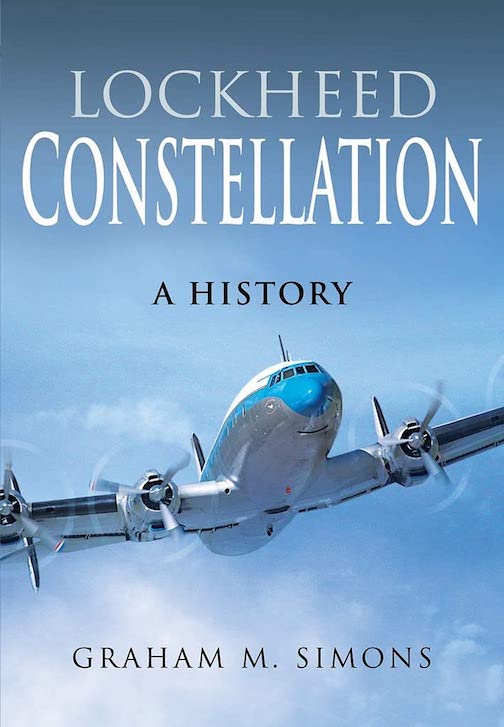 Graham M. Simons
Graham M. Simons
“The Constellation, true to the Lockheed tradition for sleekness of line, upheld the maxim that what looks good is good. When it first went into airline service, the Constellation surpassed every other transport aircraft in almost every aspect of performance and introduced such advanced features as pressurisation, hydraulic power-boosted controls, reversible-pitch airscrews and high-lift Fowler flaps.”
If you didn’t know it already, looking at the Bibliography of this ©2021 book would tell you that no monograph of significance about the Connie has appeared since 2014’s Queen of the Skies by Luisada (Schiffer) and now publisher Pen & Sword not only has this excellent book on offer but two more in the works. At least one of those, Lockheed Constellation, A Record Breaking Airliner by Higgs (already delayed until 2024) will be just about the same page length as Simons’ so one can only wonder what it will be able to add to the record because topping a Graham Simons book is a tall order. Luisada’s fine book holds its own because while writing at a similar level of magnification he had different goals and thus weaves different story points together. (In other words, these books are quite complementary.)
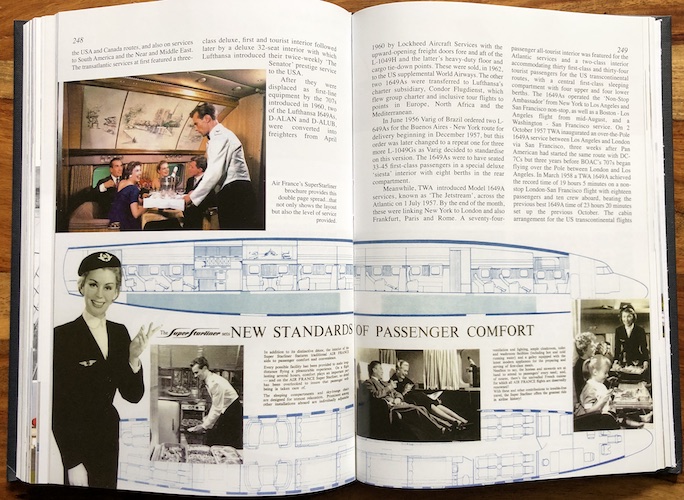
The are quite a number of travel posters and newspaper clippings, also technical drawings.
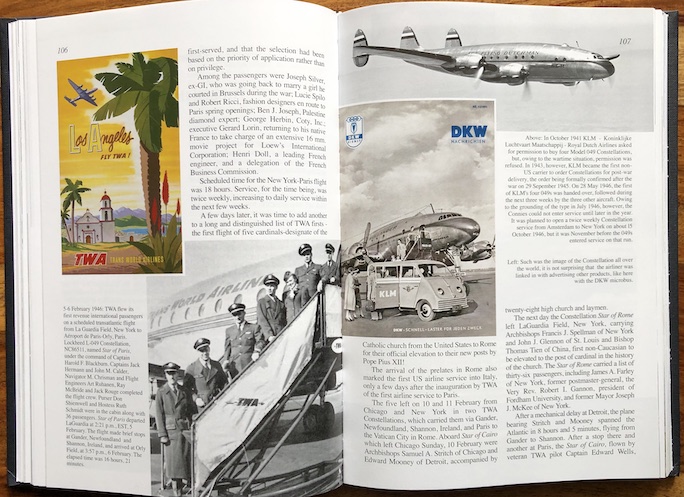
Simons is a prolific and thorough researcher with extensive contacts in the aviation community, not least because he is one of the founders of the Imperial War Museum Duxford, Britain’s largest aviation museum. Then, he has an engineering background. No book with his name on it has disappointed yet. One can only wonder how his mind and memory work because all his books we have examined here are brimming with staggeringly complex detail—to the point where you often have to reread a paragraph to take it all in. He has written about a large number and variety of aircraft but also airlines and broader aviation topics, which for this Constellation book means he can speak competently not only about the most minor technical and operational matters but also explore the larger context of economic philosophies, political tit for tat, and military doctrine. If your interests run to any of the latter you will learn in this book a lot more than how the retractable tail bumper was operated or by what degree the flaps changed the camber of the wing. Big topics such as airline deregulation, free enterprise, nationalism, a growing awareness of possible war are inseparable from the Connie’s design and performance features.
Seeing so many different strands being woven together makes it sort of petty to say that one thing that is not deeply explored is why launch customer Howard Hughes, newly minted majority owner of TWA, chose to select a relatively small maker (compared to, say, Boeing or Douglas) that had no track record with large airliners and had in fact been forced into bankruptcy only a few years earlier as the one vendor that would enable his company to beat competitors UA and AA. That Pan Am—“the symbol of US economic power all around the world”—isn’t part of that roster is a whole separate story; Simons labels it “somewhat contradictory and far from clear” and devotes several pages to how Juan Trippe reacted to Lockheed having kept the Constellation secret from him. This entire paragraph should have given you a dozen reasons for wanting to read this book!
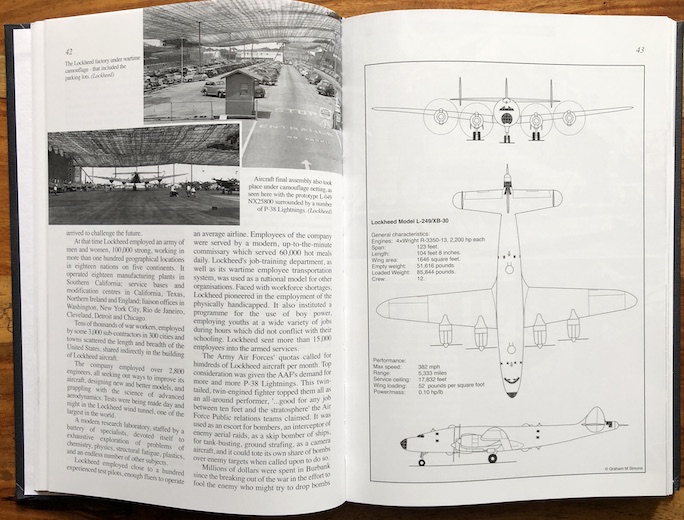
Looks like a Connie but isn’t. This is a relatively little-known ca. 1938 proposal for a bomber, a contract ultimately awarded to Boeing to become the mighty B-29.
Any reader, expert or novice, would do well starting with Appendix 1, “Variants”, which takes four pages to delineate nomenclature, including military designations. In the case of the Connie the latter is vastly relevant to the aircraft’s early development because it was the US military, having bumped TWA from the delivery list in order to gear up for World War II, that became the first operator. Right from the start, the book text will presume readers can keep these designations straight because, as Simons rightly says, the Constellation story is uncommonly convoluted because of the interplay of commercial and political factors so he elected to structure the book as “a series of almost stand-alone chapters” rather than a smoothly linear, chronological one-thing-follows-another progression. There is a good Index to point you the right way.
This need to pursue divergent lines of inquiry also affects photo selection and placement so here too there is an unavoidable “continuity” gap. But, books like this are never a “one and done” deal; in fact, having to/wanting to return to them time and again is really their great appeal. Speaking of photos, many are from personal collections and thus new to the printed record, and there are some fine color photos.
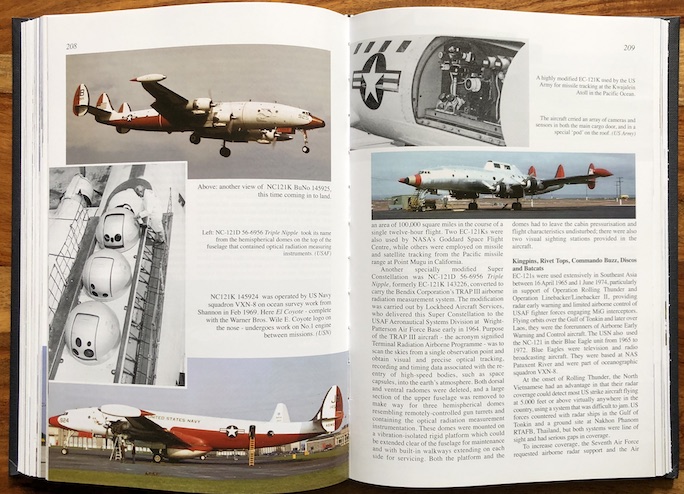
Simons does have a way with words. This section covers the “significant excrescences”—radomes of various configurations, the underbelly Speedpack freight pod—the Constellation was able to accommodate more than any other type and with only minimal loss of performance. The photo center left shows something referred to as the . . . Triple Nipple (not an expression he coined!).
The greatest compliment to pay a book is to say it does not rehash the same old/same old but advances and/or hones the body of knowledge. If you could really have only one, to date this one would have to be it.
Copyright 2023, Sabu Advani (Speedreaders.info)


 RSS Feed - Comments
RSS Feed - Comments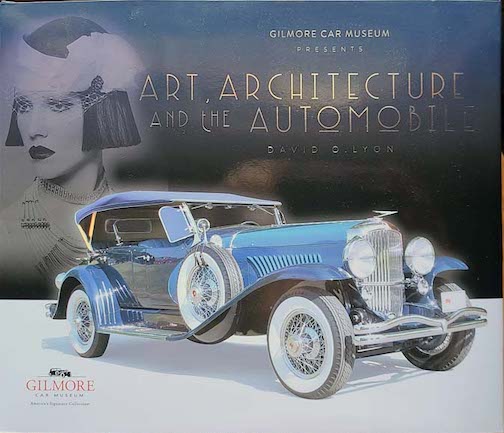
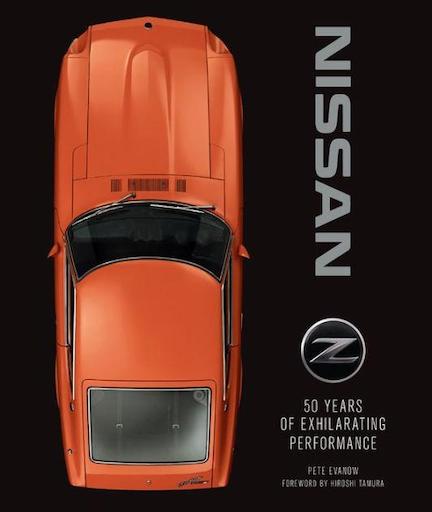


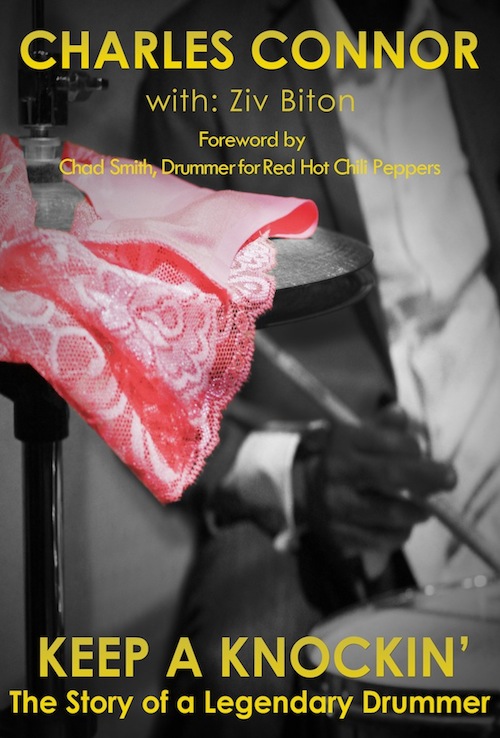

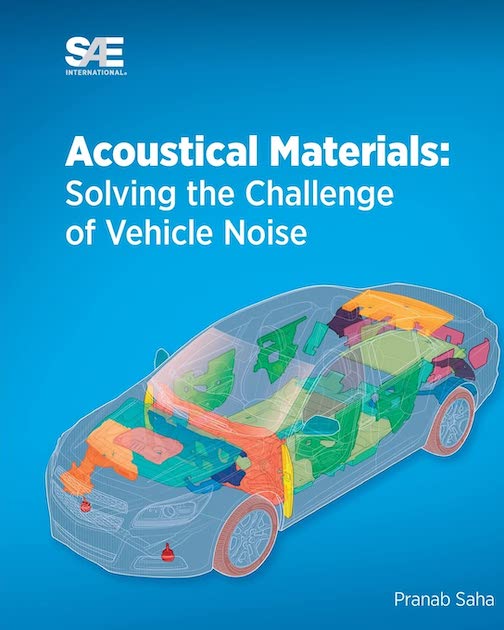


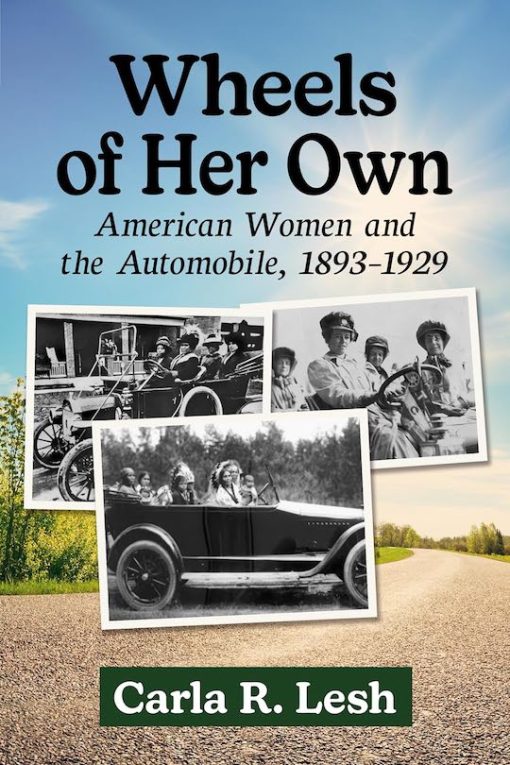
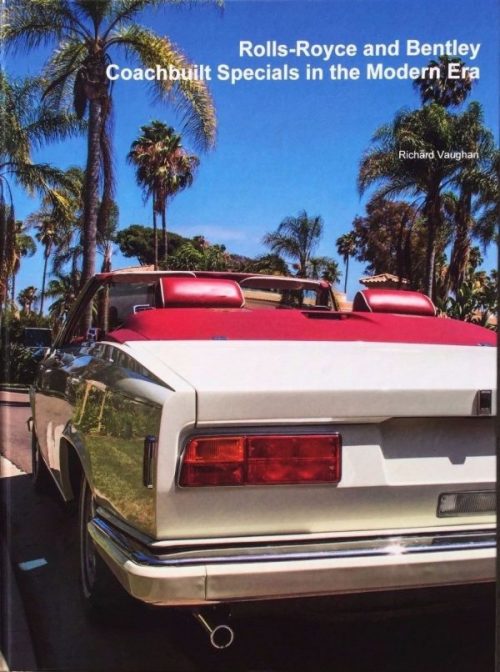


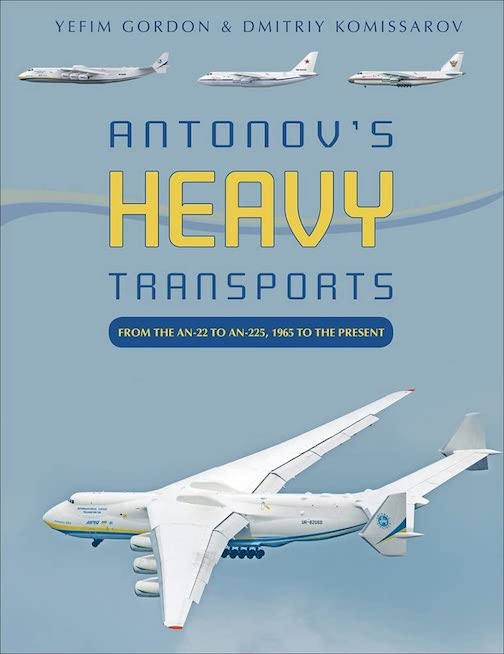

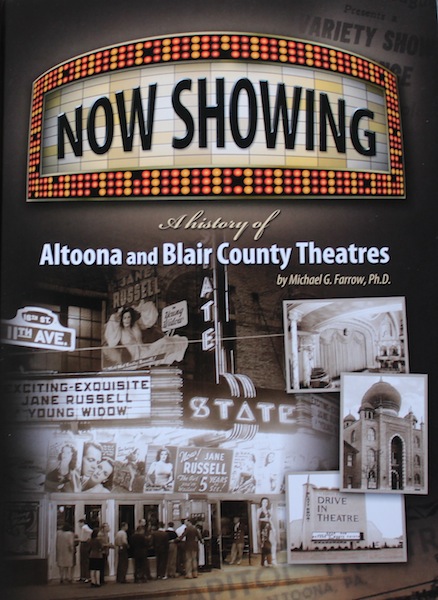


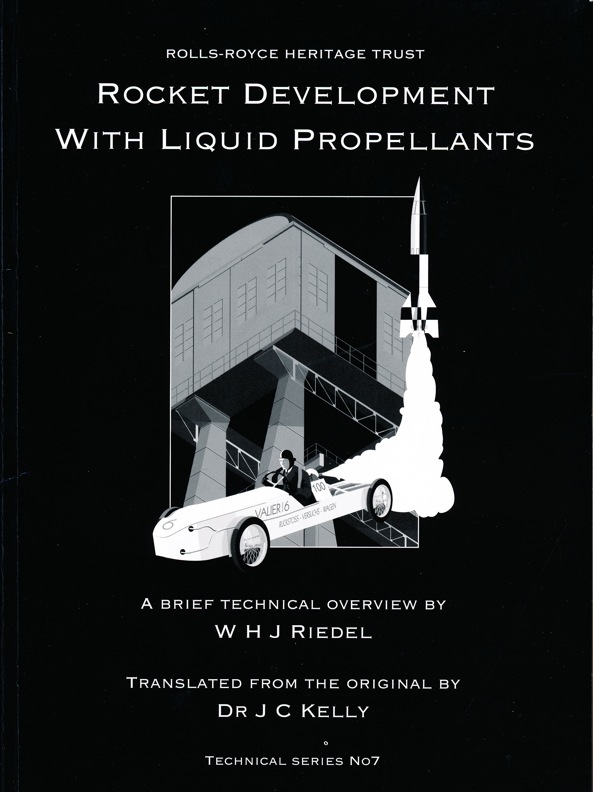
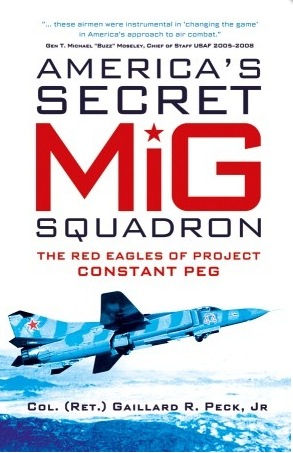

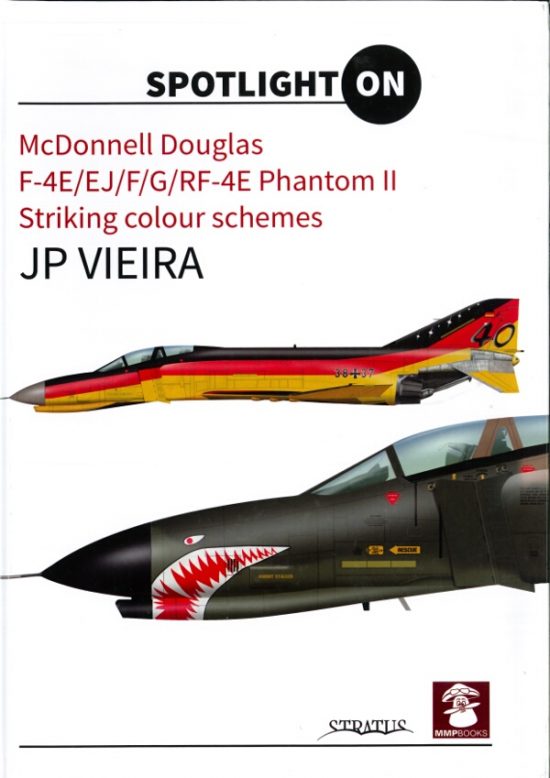


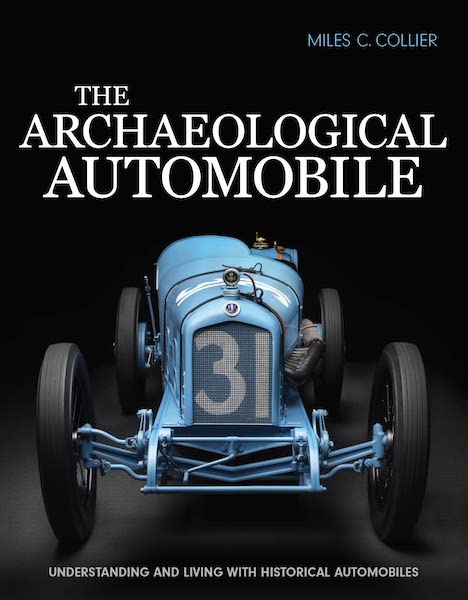
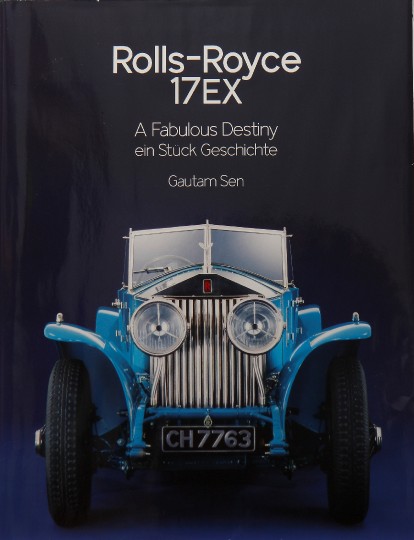
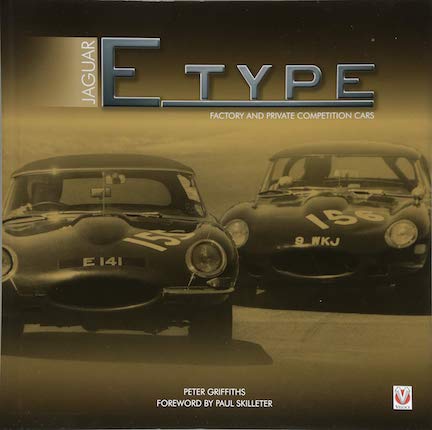
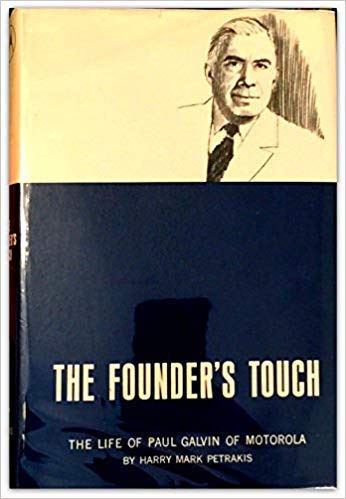


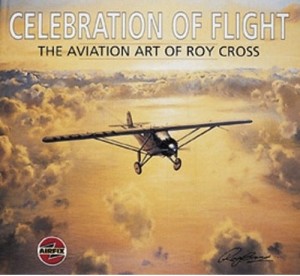
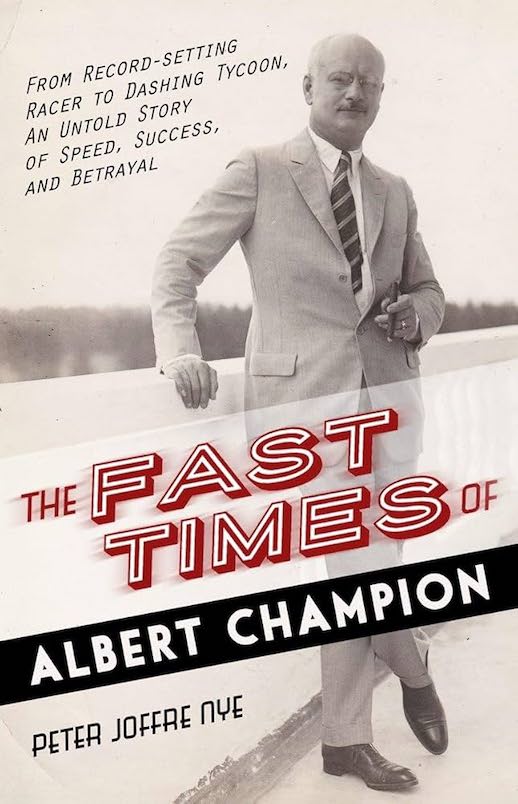
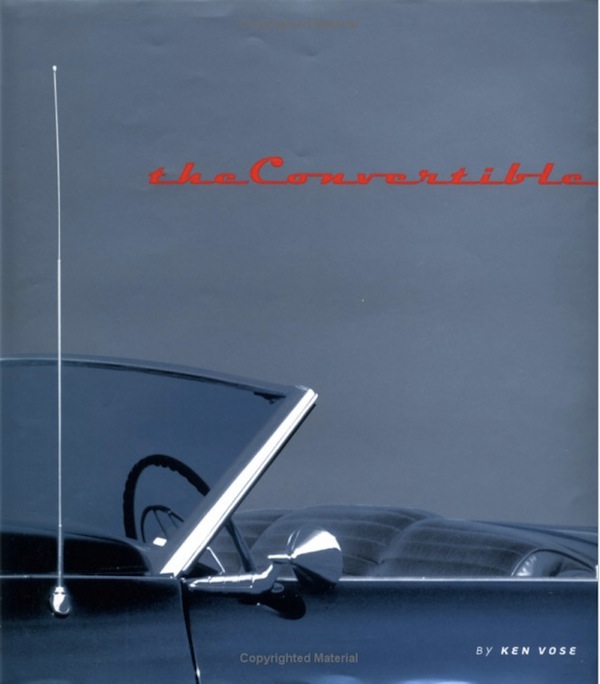
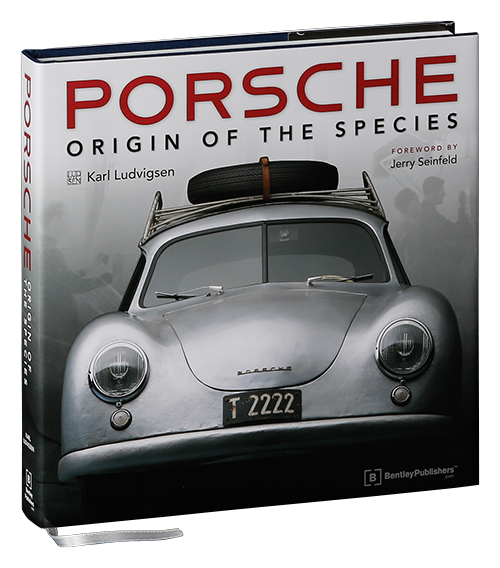

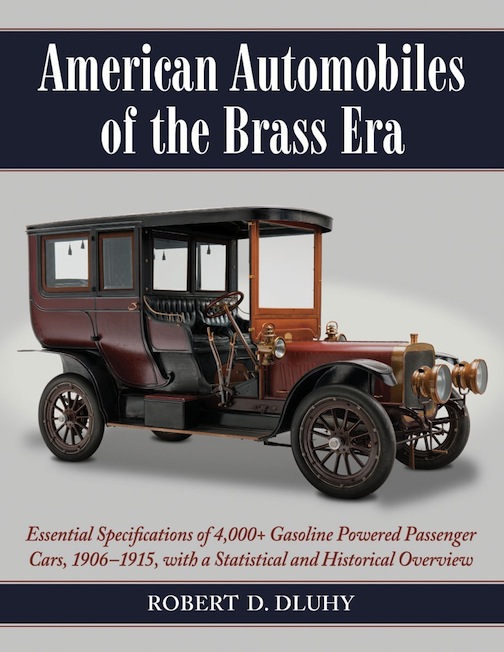


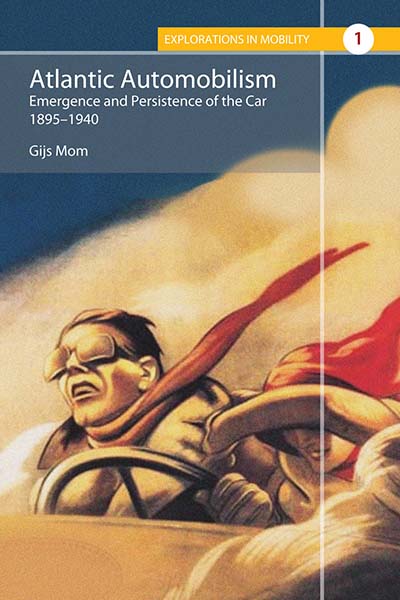

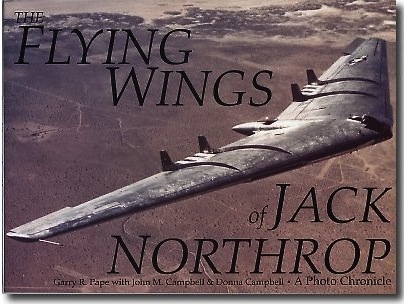
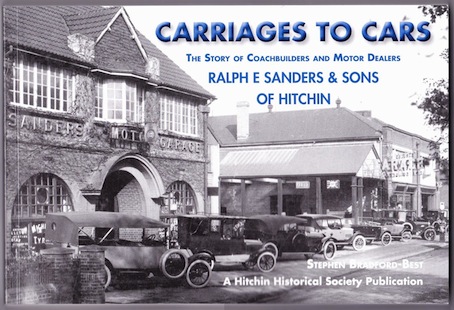

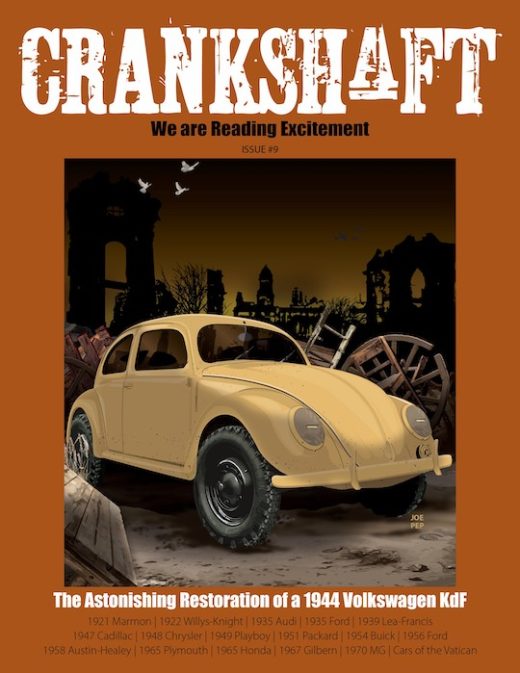
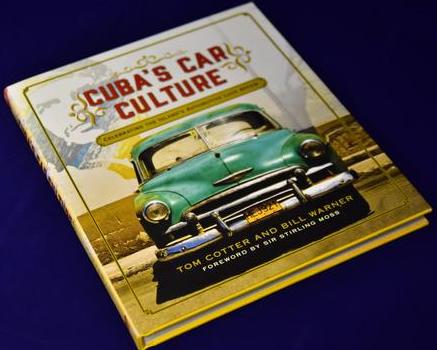

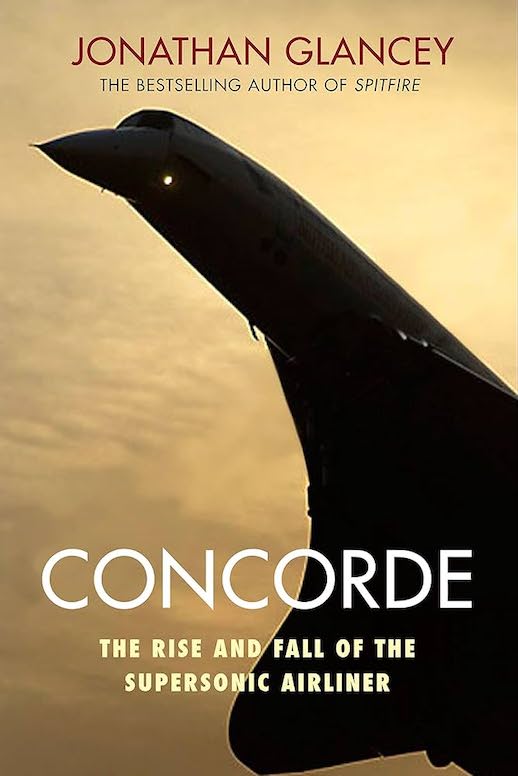
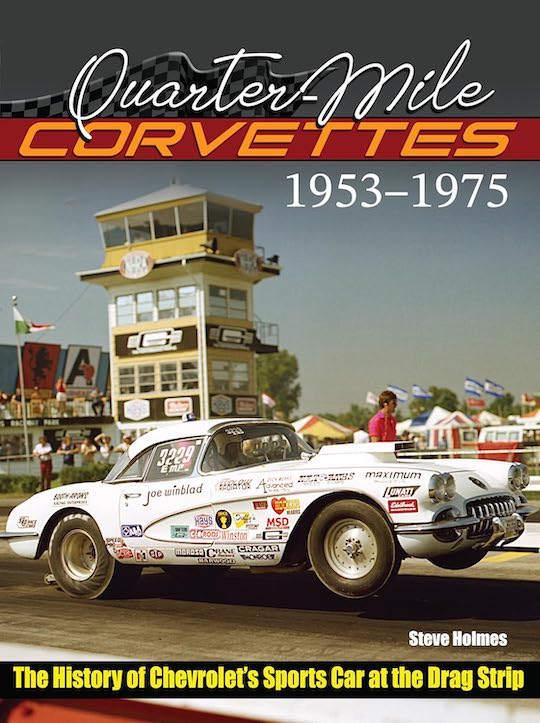


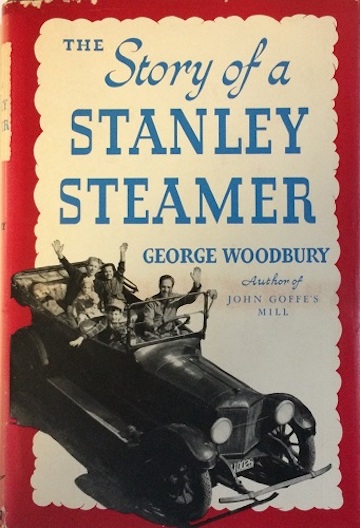


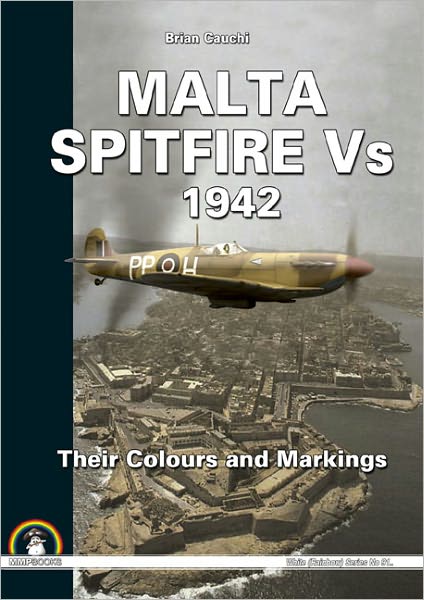


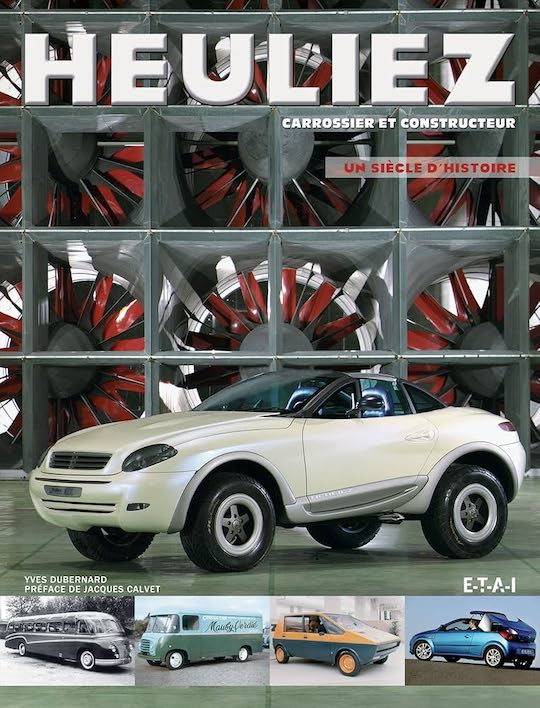



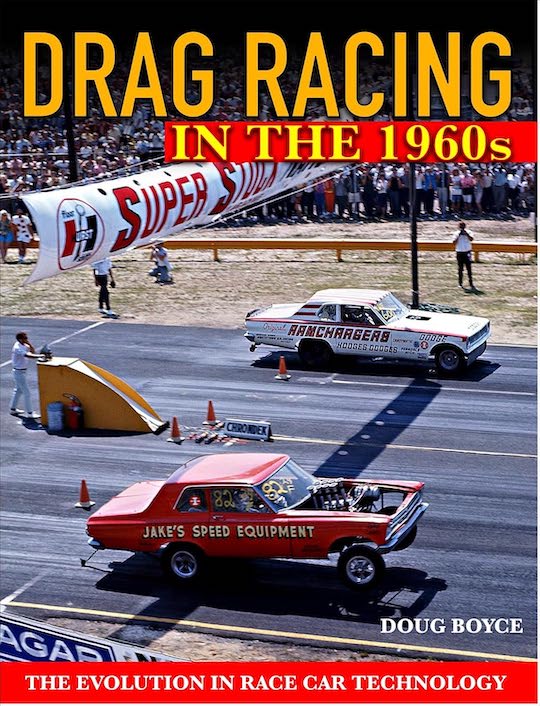



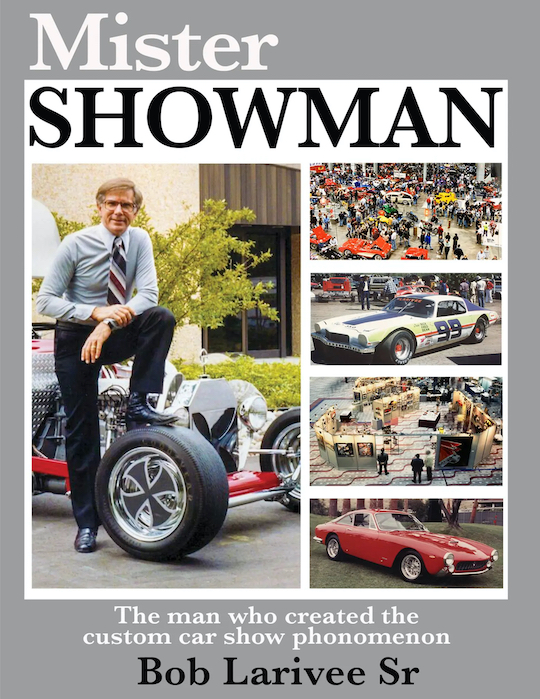



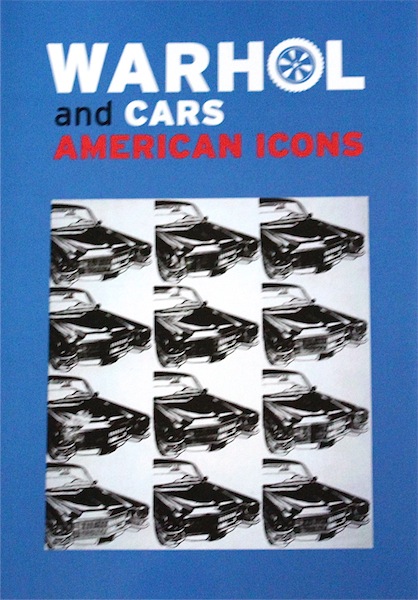
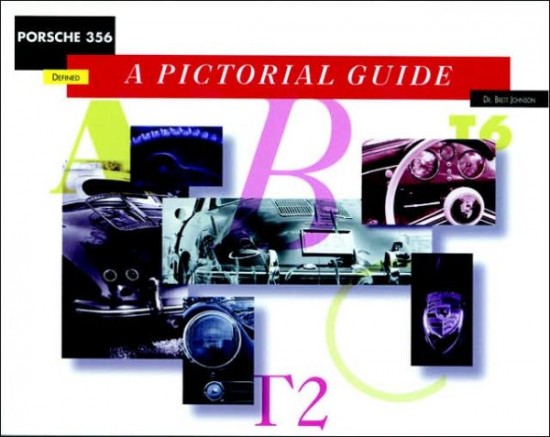

 Phone / Mail / Email
Phone / Mail / Email RSS Feed
RSS Feed Facebook
Facebook Twitter
Twitter